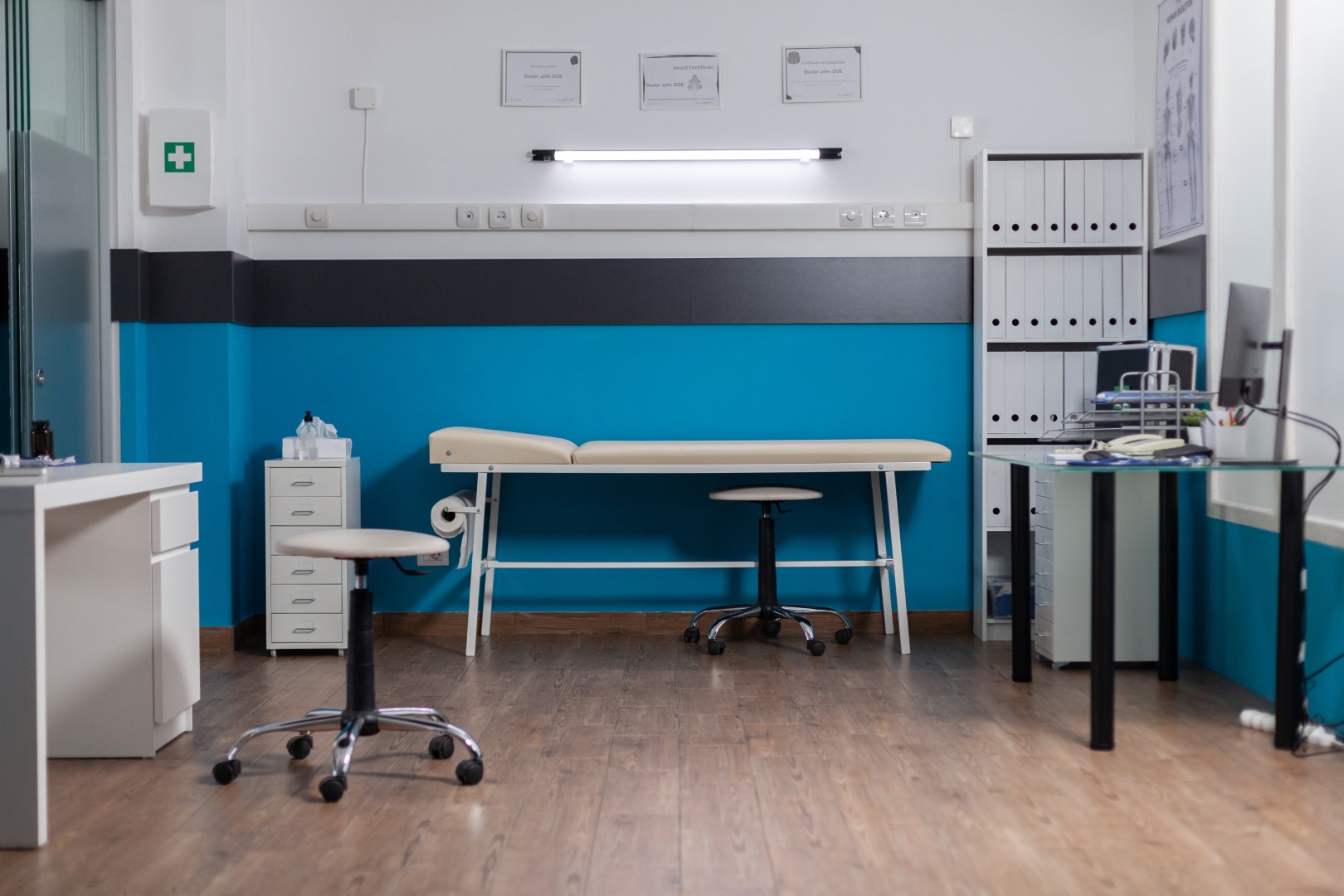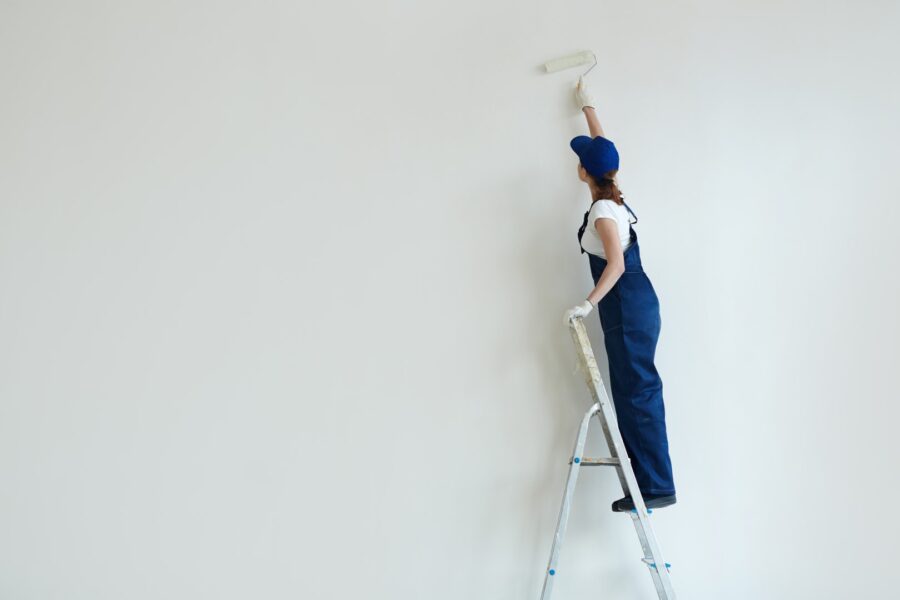Medical institutions like hospitals, clinics, and medical offices protect people’s and communities’ health. The rigorous upkeep of cleanliness and hygiene within these places is one of the most important parts of assuring the safety of patients and healthcare staff. This post will look at the best practices for medical office cleaning.
The Value of Medical Office Cleaning
Many patients seeking healthcare services visit medical offices as their first point of contact. As a result, the cleanliness and hygiene of these facilities directly impact how people perceive the level of care they receive. Furthermore, in a healthcare setting where susceptible individuals may be present, maintaining a sterile and sanitary atmosphere is critical to preventing infection spread. Here are some of the best practices you can follow:
Disinfecting Vs. Cleaning
Before delving into recommended practices, it’s critical to understand the difference between cleaning and disinfecting. Cleaning includes removing apparent dirt, dust, and debris from surfaces, which is an important initial step. However, disinfection is equally important in medical facilities. Disinfection kills or inactivates microorganisms on surfaces to prevent the spread of illnesses. Both procedures are required to keep the environment clean and safe.
Cleaning Schedule
Medical office cleaning should be done on a regular and systematic basis. Doorknobs, countertops, examination tables, and waiting room chairs should be cleaned and disinfected daily. Furthermore, all surfaces should be carefully cleaned at the start and end of each day to maintain a consistently sanitary workplace.
Utilization of Appropriate Cleaning Products
In medical office cleaning, choosing the correct cleaning chemicals is critical. Only disinfectants authorized by appropriate health authorities should be used in healthcare settings. These disinfectants should be efficient against various diseases, such as bacteria, viruses, and fungi. Following the manufacturer’s directions regarding concentration, contact duration, and application methods is critical to ensuring efficacy.
Disposing Waste Properly
A substantial amount of medical waste is generated in medical facilities, which includes things tainted with blood or other physiological fluids. It is critical to properly dispose of this trash to prevent the spread of illnesses. Healthcare professionals should be instructed on handling and disposing of medical waste safely and legally.
Education and Training
Maintaining health and hygiene in medical institutions requires a well-trained cleaning team. Cleaning and disinfection practices, the use of personal protective equipment (PPE), and the handling of potentially infected objects should all be taught to employees. Staff should receive regular updates and refresher courses to ensure they are current on best practices.
Observance of Standard Precautions
Standard precautions, which are infection prevention strategies that apply to all patient care regardless of suspected or proven infection status, should be followed by medical facilities. Hand hygiene, suitable PPE, safe injection methods, and respiratory hygiene are among the measures. Following routine precautions can greatly lower the risk of healthcare-associated illnesses.
Conclusion
Finally, preserving health and hygiene in medical facilities is critical for patient safety and infection prevention. Strict cleaning and disinfection best practices, proper cleaning solutions, and staff training are all essential components of a successful medical office cleaning program. Medical facilities can provide a safe and reassuring atmosphere for patients and healthcare personnel by stressing cleanliness and hygiene.
Discover more from Futurist Architecture
Subscribe to get the latest posts sent to your email.



